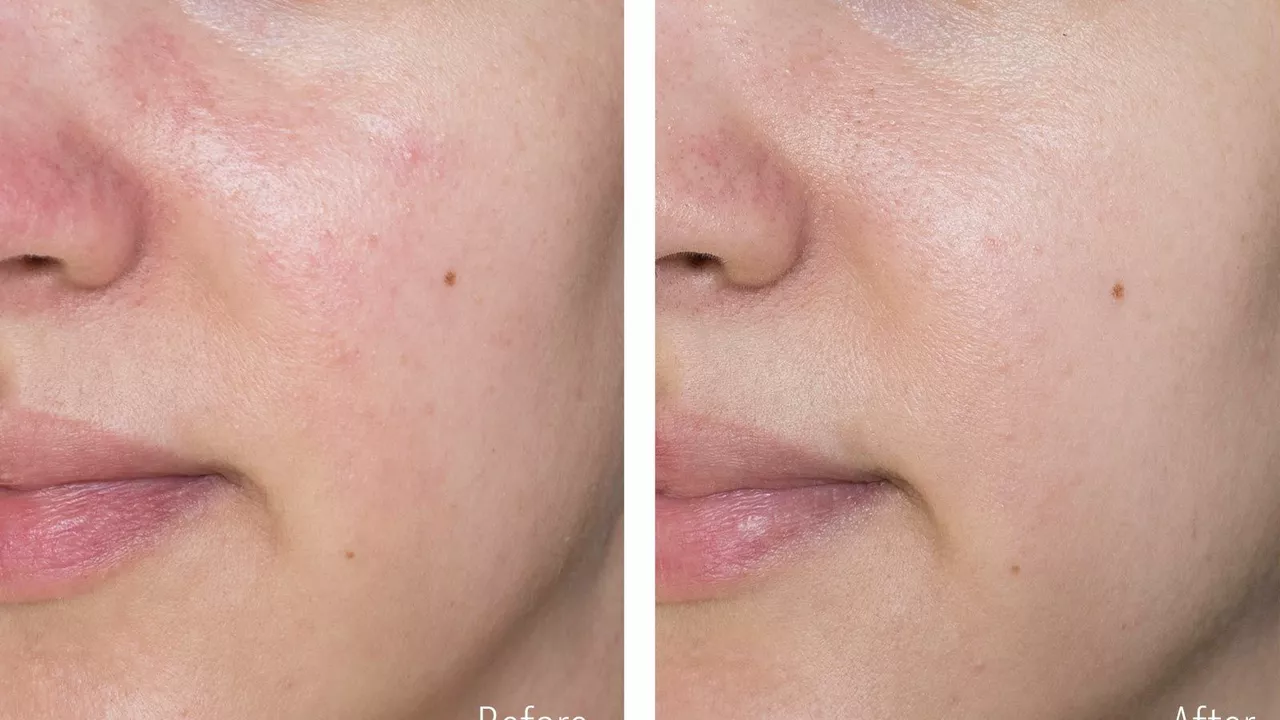Your skin tells a story—dryness, redness, itch, or stubborn spots. You don’t need miracle products, just straight facts and actions that work. Below are simple, practical tips and quick guides to help you manage common skin problems and know when to seek medical help.
Start with the basics: gentle cleansing, consistent moisturising, and sunscreen every day. Use a mild, fragrance-free cleanser twice daily if your skin is oily or oily-prone; once daily is fine for dry skin. Pat your skin dry—don’t rub. Pick a moisturizer with ceramides or hyaluronic acid for barrier repair. For daytime, choose SPF 30 or higher and reapply after sweating or swimming.
Less is often more: skip harsh scrubs and alcohol-heavy toners. When trying a new product, do a patch test on the inner forearm and wait 48 hours. If you have sensitive or eczema-prone skin, look for “for sensitive skin” labels and avoid common irritants like strong fragrances and high concentrations of glycolic acid.
Acne: Use a salicylic-acid wash or a benzoyl peroxide spot treatment. Start slowly to reduce dryness. If over-the-counter options don’t help in 8–12 weeks, talk to a clinician about stronger topical retinoids or prescription antibiotics.
Fungal infections (athlete’s foot, ringworm, nail fungus): For skin fungus, topical antifungals usually work. For stubborn nail fungus, terbinafine (Lamisil) is often prescribed—read about uses and side effects before you start. If an infection spreads or won’t clear with OTC meds, see a doctor for prescription treatment.
Dermatitis and sleep: Itching that steals your sleep is fixable. Keep night routines cool and humidified, use ointment-based moisturizers before bed, and wear breathable cotton. Over-the-counter hydrocortisone can calm flare-ups for a short time; persistent or severe flares need a prescription-strength steroid or other therapy.
Activated charcoal: you’ll see it in cleansers and supplements. Topical charcoal can help with oil control and surface impurities, but it won’t detox your body. Avoid ingesting charcoal unless a clinician recommends it for a specific reason.
Buying meds online: Be cautious. Read pharmacy reviews and safety guides before ordering prescription drugs. Some articles on this site cover how to spot legit online pharmacies and what to ask before you buy.
When to see a clinician: If a rash spreads rapidly, you have fever, severe pain, signs of infection (pus, spreading redness), or sudden hair loss, get medical care. Also consult a professional if topical treatments don’t help after a few weeks.
Want more specific guides? Check our articles on fungal treatments like Lamisil, sleep and dermatitis fixes, and how to safely buy medication online. Read the full posts for step-by-step advice and real-world tips you can try tonight.

In my latest blog post, I delve into the topic of mottled skin discoloration and its connection to hormonal changes in women. I discuss how fluctuations in hormone levels, particularly during periods such as pregnancy or menopause, can lead to skin changes including mottling. I also elaborate on ways to manage and treat these skin changes, from lifestyle modifications to medical treatments. Additionally, I emphasize the importance of regular dermatological check-ups to monitor these changes. Lastly, I share insights on how to maintain healthy skin despite hormonal fluctuations.